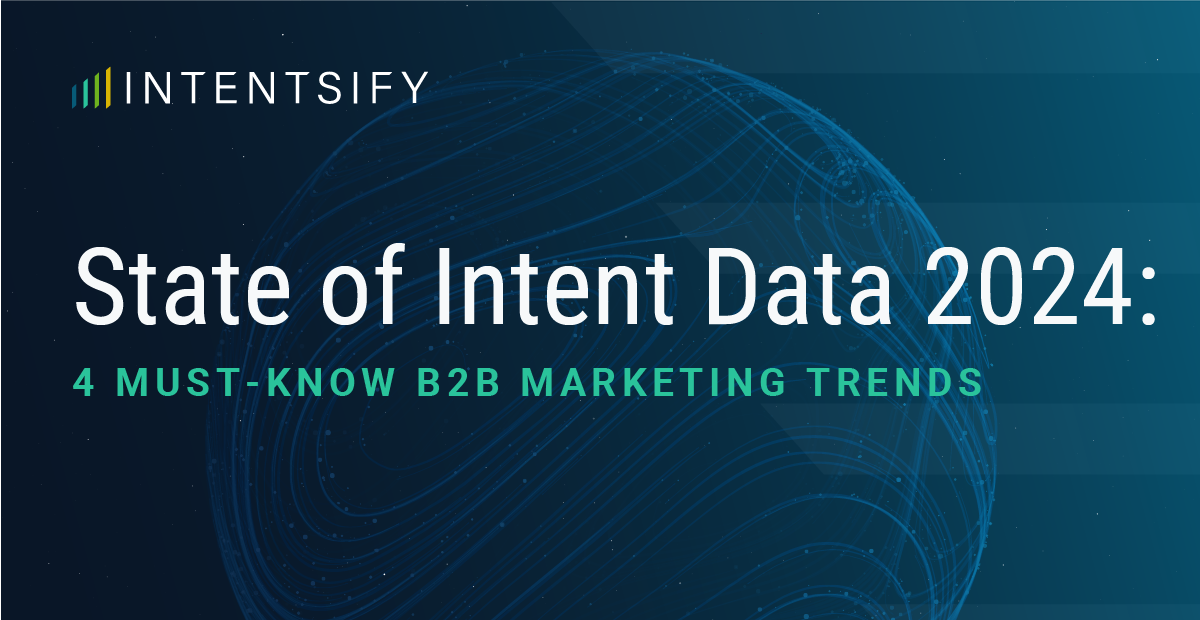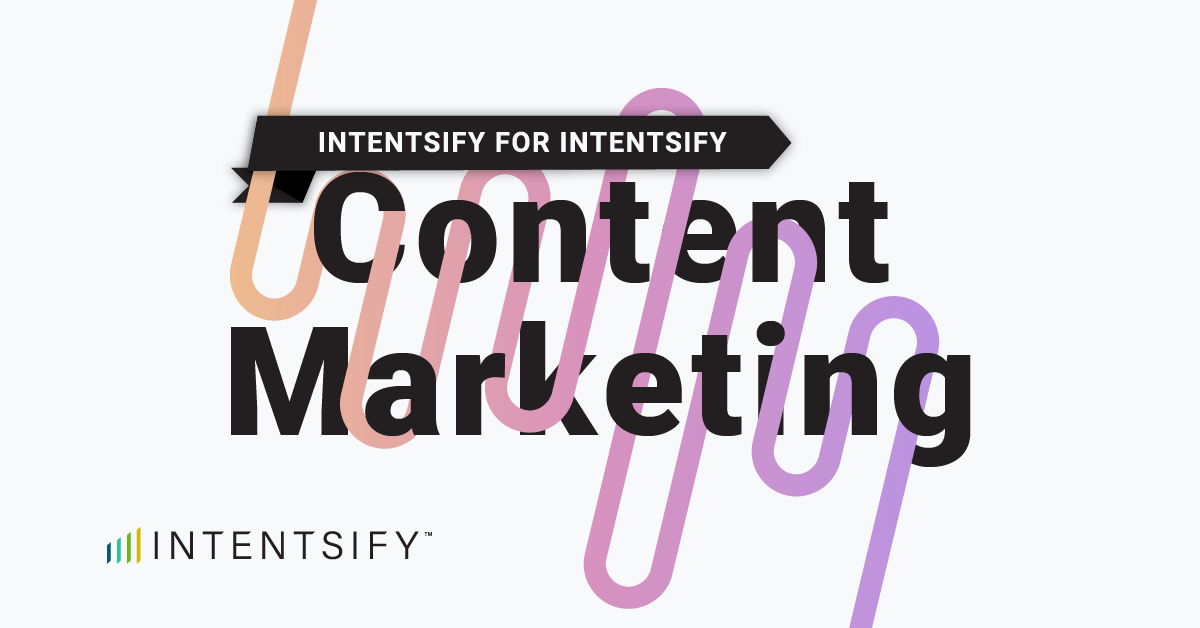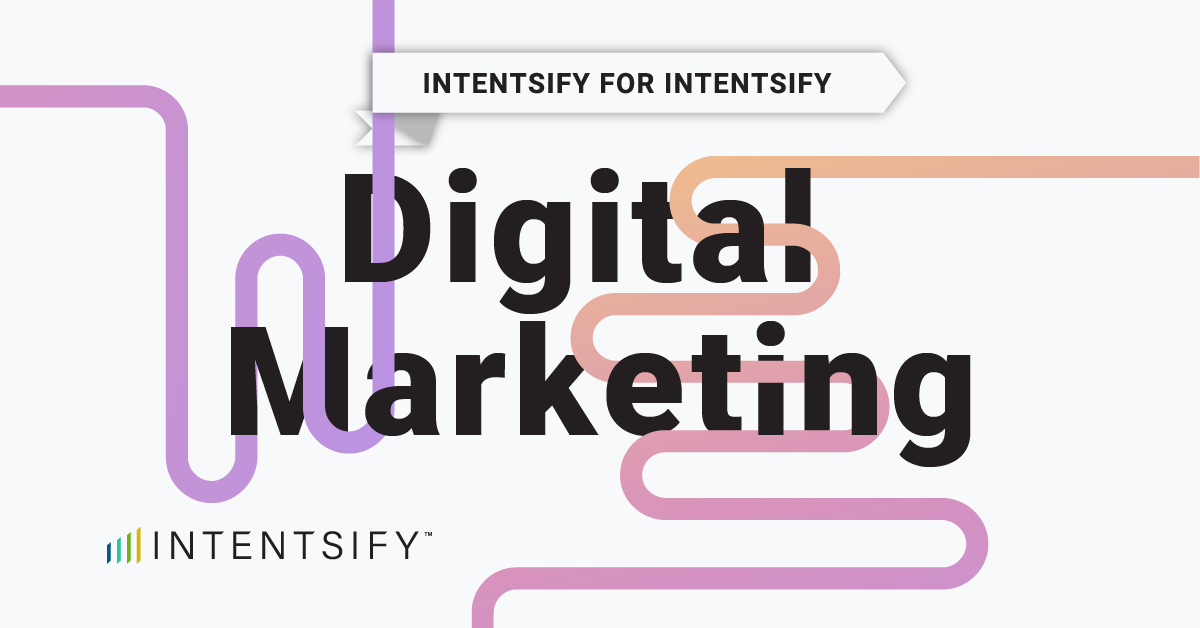Casting a wide net and calling it “lead generation” no longer works. Buyers are smarter, more independent, and prefer to educate themselves before ever speaking with sales. In fact, cold calling now delivers a mere 2.3% success rate. Many of today’s buyers won’t even click through to websites after a Google search, let alone answer a cold call. Modern marketers need a content syndication strategy that reaches the right buyers, not just more buyers. When powered by intent data, content syndication becomes a force multiplier—helping you connect the right content to the right people at the right time.
But successful programs don’t happen by accident. They require structure, alignment, and precision. Below, we’ll walk through a five-step framework for turning content syndication into a high-performing, intent-driven engine that drives real pipeline growth.
The Crisis of Volume: Why Traditional Lead Generation Is Failing
For years, marketers measured success by volume. More names meant more success—or so it seemed. Content syndication once focused on reach, delivering long lists of Marketing Qualified Leads (MQLs) that often went nowhere.
Sales teams, meanwhile, saw the fallout. Lists were inflated with unqualified or duplicate contacts. Conversations stalled. Frustration grew. From the outside, it looked like lead generation was all about quantity over quality. Change was necessary.
The Pain Points: Dirty Data and Wasted Effort
- The CRM Clutter Problem
Generic lead lists often contain duplicates or outdated records. Without real-time integration, data decays quickly. Your CRM becomes crowded, and performance metrics become misleading. - Low Sales Acceptance Rates
When marketing teams prioritize volume and just throws cold leads over the fence to sales, SDRs waste time. A low sales acceptance rate is more than a metric—it’s proof your content syndication strategy is misaligned. - The Lack of Context
Sales teams need to know why and when a lead is interested. Without this context, outreach feels generic and poorly timed. The result? Missed opportunities and disengaged prospects.
The volume-first mindset drains budgets and morale. It’s time to pivot from more to meaningful.
Content Syndication in the Age of Intent: Precision Over Reach
The solution isn’t to stop syndicating—it’s to syndicate smarter. Moving from quantity to quality requires an intent-activated content syndication strategy that aligns outreach with actual buyer behavior.
Connecting the Dots Between the Buyer Journey and Intent
Every buyer leaves digital footprints. Content downloads, website visits, and topic engagement all signal what they care about and where they are in their journey.
Intent data providers like Intentsify elevate this insight by identifying persona-level, solution-specific intent. Rather than targeting broad topics like “cloud security,” Intentsify pinpoints buyers researching specific solutions like “zero trust architecture” or “cloud workload protection.”
This precision makes every interaction more relevant and every lead more valuable.
The Benefits of Intent-Activated Content Syndication
- Align Content to Context: Match each asset to the buyer’s stage: Awareness, interest, consideration, or decision.
- Target the Entire Buying Group: Engage multiple stakeholders across departments and roles.
- Fuel Sales with Context: Provide sales with the insights they need to prioritize and personalize outreach.
This approach works. Companies using intent-driven content syndication strategies have seen up to 8X MQL growth and 3X ROI improvement on content syndication programs.
The 5-Step Framework for Execution
Once you’ve embraced precision, execution is everything. Here’s how to build a content syndication strategy that delivers measurable impact.
Step 1: Map Your Buyer Journey
Start with the people. Create buyer journey maps for each persona based on real behavior, not assumptions. Look for intent signals that reveal when a prospect moves from research to evaluation.
Ask questions like:
- What challenges are they exploring at each stage?
- What content best supports them at that moment?
- How can intent data help predict their next move?
Getting this right ensures every message you send is timely and relevant, not out of touch and unrelated.
Step 2: Align Content with Buyer Stages
A strong content syndication strategy depends on mapping your assets to the right journey stages. Conduct a full content audit to identify gaps.
Here’s a quick framework:

Different stages demand different content. Make sure your syndication partner can target accordingly.
Pro Tip: “Decision” stage buyers don’t mean they are ready to buy your solution. It means they’ve decided they need to make a purchase. More than likely, they are still deciding which solution to pursue. This is the time to serve up your best case studies, comparison studies, and pricing information.
Step 3: Define Audience Strategy
Precision targeting starts with a strong Target Account List (TAL). Aim for a list size about three times the size of your lead goal to ensure reach while maintaining focus.
Refine your TAL using firmographics (industry, company size, region) and technographics (current tech stack). Then define personas—titles, roles, seniority levels—and specify who to exclude, like existing customers or competitors.
A well-defined audience ensures that your content syndication strategy stays efficient, relevant, and scalable.
Step 4: Setup and Implementation
This is where strategy meets execution. Select a managed partner that can build custom, solution-specific intent models. Providers like Intentsify ensure campaigns are data-driven, targeted, and optimized for real-time delivery. For more on what you should look for in a provider, check out our resources on the subject, titled “Selecting a B2B Intent Data Provider: A Buyer’s Guide” and “The Buying Group Intent Checklist: Vendor Green Flags & Red Flags to Watch.”
Integration is key. Sync your CRM and marketing automation processes to deliver leads seamlessly. No more waiting on weekly lists or manual uploads.
For the highest quality, consider Tele-Verified BANT programs that confirm Budget, Authority, Need, and Timeline before leads reach sales. It’s the difference between having a name in your CRM and having a real opportunity.
Step 5: Execute and Measure Success
Once your campaign launches, the real work begins—measurement and optimization.
Focus on KPIs that reflect quality, not volume:
- Sales Acceptance Rate
- Lead-to-Opportunity Conversion Rate
- Percentage of Buying Group Members Engaged
- Average Time to Opportunity
These metrics show the true impact of your content syndication strategy and help identify where to refine targeting, content, or cadence.
When reporting to stakeholders, shift the focus from how many leads were delivered to how many became opportunities—because leadership doesn’t care about lead counts.
The Future of Content Syndication: Knowing More, Not Doing More
Old-school syndication is officially out of runway. Static lead lists and one-size-fits-all content can’t compete in today’s B2B environments.
Intent-activated syndication changes that. It replaces guesswork with clarity and transforms signals into actionable insight. You’re not just distributing content anymore—you’re activating demand.
Intentsify helps marketers do exactly that. With solution-level intent, persona-level insights, and full buying group visibility, it reveals not only who’s active but also why and when to reach them. It’s the kind of intelligence that powers scalable, predictable revenue growth.
If you’re ready to move from volume to value, now’s the time to rethink your content syndication strategy. Learn how to turn signals into pipeline with Intentsify’s Lead Generation Solutions.
For a deeper dive into how to build and optimize your programs, check out our Content Syndication Infographic, or download the complete Intentsify Your Lead Generation Guide to see the framework in action.
Because the future of B2B marketing isn’t about doing more—it’s about knowing more, targeting better, and converting faster.






